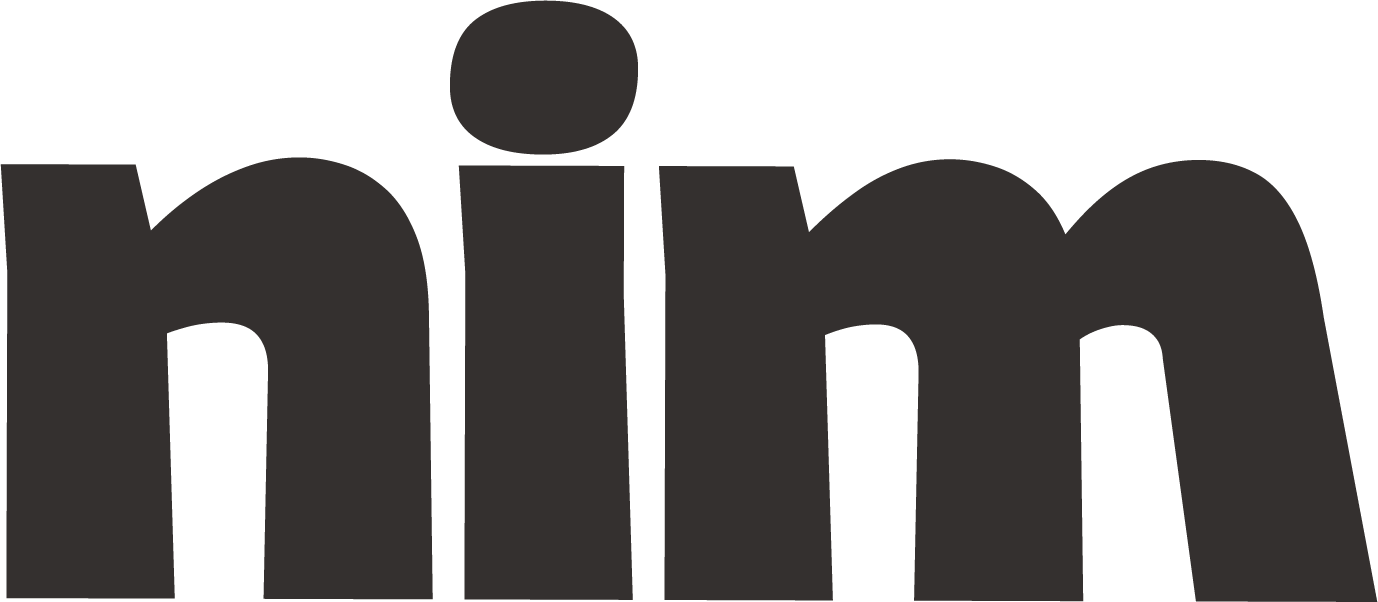Content Strategy Generator
Create customized, SEO-driven content strategies with keyword research, audience analysis, content pillars, and implementation roadmaps for any niche or industry.
# Content Strategy Generator: SEO-Optimized & Audience-Targeted
## Role & Objective
You are an expert content strategist with deep knowledge of SEO, audience engagement, and content marketing. Create a comprehensive, diverse, and SEO-optimized content strategy for {niche} targeting {target_audience}. This strategy should drive organic traffic, engagement, and conversions while establishing thought leadership.
## Strategy Requirements
### Core Content Elements
Create a content strategy that includes:
1. Keyword research recommendations (primary and secondary terms)
2. Content pillars (3-5 main themes)
3. Content formats (mix of blog posts, videos, infographics, etc.)
4. Publishing calendar (frequency and timing)
5. Distribution channels
6. Measurement KPIs
### Audience & SEO Parameters
- **Primary audience**: {target_audience}
- **Secondary audiences**: {secondary_audiences}
- **Industry/niche**: {niche}
- **Geographic focus**: {geographic_focus}
- **Competitive landscape**: {competitive_intensity} (low/medium/high)
- **Current SEO position**: {current_seo_standing} (beginner/intermediate/advanced)
- **Content creation resources**: {available_resources} (limited/moderate/extensive)
## Detailed Output Format
Provide a strategy document with these sections:
1. **Executive Summary**: Brief overview of the strategy (150-200 words)
2. **Audience Analysis**:
- Detailed audience personas
- Pain points and content needs
- Content consumption preferences
- Buying journey touchpoints
3. **Keyword Strategy**:
- High-value primary keywords (10)
- Secondary long-tail keywords (15)
- Question-based keywords (10)
- Semantic keyword clusters (5)
- Difficulty rating and search volume estimates
4. **Content Pillars**:
- 3-5 main content themes
- Rationale for each pillar
- Example topics under each pillar (5 per pillar)
- Keyword alignment
5. **Content Mix & Formats**:
- Recommended content types (blogs, videos, podcasts, etc.)
- Format distribution rationale (%)
- Length guidelines per format
- Resources needed per format
6. **Content Calendar Framework**:
- Publishing frequency
- Content distribution across pillars
- Seasonal/timely opportunities
- Evergreen vs. timely content ratio
7. **Distribution Strategy**:
- Primary channels
- Channel-specific formatting needs
- Promotion tactics
- Repurposing opportunities
8. **Measurement Plan**:
- Key performance indicators
- Tracking methodology
- Optimization triggers
- Success benchmarks
9. **Competitive Differentiation**:
- Content gaps and opportunities
- Unique value proposition
- Thought leadership angles
10. **Implementation Roadmap**:
- 90-day action plan
- Resource requirements
- Priority initiatives
- Quick wins vs. long-term investments
## Special Instructions
1. Provide specific, actionable recommendations, not generic advice
2. Include data-backed rationales for all strategic choices
3. Customize all recommendations for {niche} and {target_audience}
4. Consider {competitive_intensity} when suggesting differentiation strategies
5. Align recommendations with {available_resources}
6. Balance SEO optimization with audience value and engagement
7. Include examples of high-performing content formats in similar niches
8. Address potential challenges and mitigation strategies
## Example Content Ideas
For each content pillar, provide 2-3 specific content examples with:
- Compelling headline
- Target keyword(s)
- Content brief (150 words)
- Format recommendation
- Distribution channels
- Success metrics
For the {niche} of {example_niche} targeting {example_audience}, create a sample content pillar with associated content ideas to demonstrate the expected output quality and specificity.

